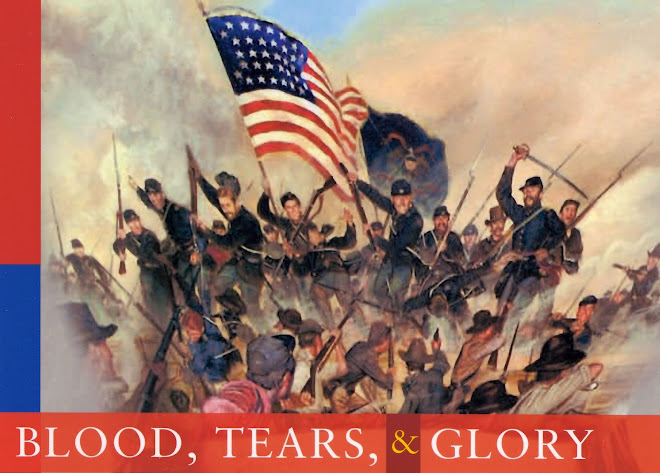The giant stirs
Slowly—very slowly—the northern giant in this Civil War is beginning to stir after months of somnolence.
In northwestern Tennessee, Brig. Gen. Ulysses S. Grant continues organizing his advance on Fort Donelson, now two days behind schedule—not for lack of aggressiveness on Grant’s part, but because of weather conditions.
In Washington, though distracted by family illness, President Abraham Lincoln continues to ponder how to get McClellan’s Army of the Potomac on the move. On the other hand, the commander of the Union’s biggest eastern army, Maj. Gen. George B. McClellan, ponders what to do when—McClellan believes—he is outnumbered by Confederate troops at Manassas, Virginia. If McClellan wants to find a way to get around the Confederates, he wants even more to get around Lincoln and do what he, McClellan, thinks is the way to run a war.
On Johnson’s Island, near Sandusky, Ohio, on the coast of Lake Erie, workmen are completing construction of a prison camp designed especially for officers. At the moment, many Confederate officers and enlisted men and even some civilians who have been captured in the Western Theater, are being held in one corner of Camp Chase, the big Federal training and staging area near Columbus, Ohio. But Federal authorities want to separate officers and their soldiers, thinking enlisted men without their usual leaders will be less apt to cause problems for their captors.
From the winter quarters of the 21st Ohio in Kentucky, brothers Addison and Alfred Searles write short letters (dated February 10) to their family in Huron County, Ohio. The brothers say they have almost nothing to write about to write about and (in Addison’s words) “think that we will stay here for some time yet.” It’s one boring day after another in this man’s army.
But the brothers are about to be surprised. Apparently, they had finished their letters before another member of the 21st, Cpl. Robert Caldwell of Company I wrote his, also dated February 10. He writes his father in Elmore, Ohio, how last night, lying on his back in bed and talking with his tent mates before they went to sleep, “tremendous cheering” was heard. “It appeared to be contagious as, the next moment, the 21st broke out into one long, loud, hearty, ringing cheer.”
Then, “one of the boys” rushed into Caldwell’s tent with the news that the next morning they would strike their tents and start marching. “The boys” weren’t told where they were going, but they will learn soon enough that they are advancing on the big Confederate military base at Bowling Green, Kentucky. Hurrah! “The boys” are eager for action.
And in North Carolina, Brig. Gen Ambrose Burnside’s soldiers win a battle at Elizabeth City and are gaining firm control of a chunk of this Confederate state’s coastal area. Union navy vessels destroy North Carolina’s “Mosquito Fleet” of five small vessels. Having gained this foothold to use as a staging area, the question now is far inland Union forces will go. Will it be possible—as hoped—to attack Richmond, Virginia, from the south?
IT’S COMING SOONER THAN YOU THINK: April 12, 2011—less than 3½ years from now!—will be the 150th anniversary of the outbreak of the Civil War. In 1861, April 12 was the day Confederates opened fire on Fort Sumter in Charleston Harbor.
Your suggestions, comments, and questions about this blog are always welcome. Address the author: Ohioan@bloodtearsandglory.com
For more information about the author and his newest book, please go to http://www.orangefrazer.com/btg



No comments:
Post a Comment